I’m a kid of the 80s (in that I was born in the late 70s), so I was pretty excited when the NES Mini was first announced. Of course, that shine wore off quickly when Nintendo went and Nintendo’d it up to the max, never managing to release more than scalpers, mishandling production, and killing it off before inventory ever stabilized. I actually got mine by trading off one of my big LEGO sets in storage with a friend who managed to nab one on the Amazon Treasure Truck, but most never even had a chance. Luckily, as of today, it’s back on the market, so you can now pick up the NES and SNES Classic.
I’ve actually had a NES system in some form since about 1987 or so, when I got my first one… and still have a few of my original cartridges as well. Anyone who’s used the system knows about blowing in those carts*, cleaning kits, and all the other frustrations that come with classic gaming… and likely have the same experience as me in owning multiple NES systems over the years. I had a top-loader at one point, it was great, but I was made an offer that was hard to pass up and sold it off years ago.
*Fun fact, all of that blowing in carts and cleaning never really worked; what ultimately got rid of the flashing button of doom was just repositioning the cart and luck. The problem was caused by some poor engineering forethought and Nintendo’s eternal drive to look awesome and not think things through (for examples, see the NES, NES Classic Production, Wii-U, Mii, Online Services, Virtual Boy, etc). The system required insertion force to seat the cart, and had springs to lower it in to place, and the springs and connectors wore out over time. All blowing on the cart did was get moisture and gunk on them, causing them to fail (slightly) quicker.Â
NES Classic
There is a reason for the excitement behind the NES classic, and if you weren’t around for the time when the NES was the thing it’s hard to really qualify the impact it had. If you’re around my age (in your late 30s / early 40s), you either had a Nintendo Entertainment System or had a friend who had one. It took up a huge chunk of pop culture in the 80s (along with Saturday Morning Cartoons and the WWF)… but more than anything, it was responsible for bringing video games back from the dead after Atari imploded a few years before and kicked off what is still going on today.
The machine itself is pretty fun, a tiny case with a little Linux machine inside. It connects with HDMI and powers with regular ole’ USB; the controllers connect to a Wii controller port, which is to say it won’t be useful for all that much outside of the NES mini (or, if you are one of the six people who ever bought a WiiU, the Virtual Console on that system).
Speaking of the controller, let’s talk about the biggest knock on the original release of the system… the laughably short controller. On one hand, sure, it’s part of the charm to have a wired controller on the system… but nostalgia only goes so far, and we live in a wireless world. I call BS on their reason in wanting to show off the original experience… if that was the case it would have included a crappy 19″ CRT TV for us to connect to as well. We live in a world where a TV like my 42″ LCD is considered on the small side, and a 30″ cable with that means I’m close enough to lick the cherries that pop up in a Pac Man game.
If you want one, do yourself a favor and go pick up the extenders. Honestly, even if they fix this and extend the cable to what the SNES classic has, they’re still too short, and it just helps. There are some wireless controllers available as well, but I haven’t been impressed with the NES-ish controllers out there, and would prefer a 1st-party version of them every time.
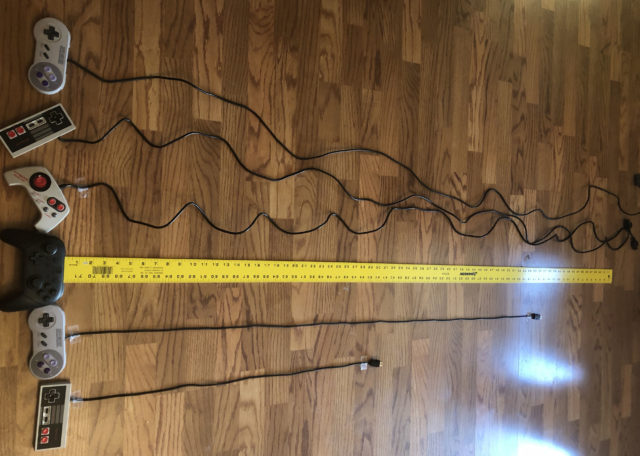
Next, let’s check out the game lineup (at least for the first version): Balloon Fight, Bubble Bobble, Castlevania, Castlevania II: Simon’s Quest, Donkey Kong, Donkey Kong Jr., Double Dragon II: The Revenge, Dr. Mario, Excitebike, Final Fantasy, Galaga, Ghosts’N Goblins, Gradius, Ice Climber, Kid Icarus, Kirby’s Adventure, Mario Bros., Mega Man 2, Metroid, Ninja Gaiden, Pac-Man, Punch-Out!! Featuring Mr. Dream, StarTropics, Super C, Super Mario Bros., Super Mario Bros. 2, Super Mario Bros. 3, Tecmo Bowl, The Legend of Zelda, Zelda II: The Adventure of Link
For the most part, it’s full of hits and classics… also, it has Ballon Fight, which is neither. And while there are as many lists of the top Nintendo Games out there as there are fans of Nintendo, there are some very noticeable omissions on the list.
The biggest one, obviously, would be Castlevania III: Dracula’s Curse; it has the other two in the series, after all. After that, the other five Mega Man games clearly belong on this list (though if you’re going to pick one, 2 is the one to pick). Also missing is Duck Tales, which I have to believe they could have gotten the rights to, or similar classics like Maniac Mansion, Little Nemo the Dream Master, or the vastly superior Gradius-sequel, Lifeforce.
Beyond that, there’s precious little for RPG fans here outside of Final Fantasy… which is a great, yet punishing and infuriating game (seriously, the remakes are the ones I’d pick, which fixed some huge mechanical annoyances). Missing are some of my favorites, like Faxaunadu, Battle of Olympus, Crystalis (the single best NES game there is, on my list), Rygar, or the Dragon Warrior games.
Still, it’d be hard to pick 30 games, and that list isn’t bad by any means. It even includes some more obscure titles that are among some of my favorites from my much younger days, like Ice Climber (I still own my cartridge copy of it).
SNES Classic
The Super Nintendo doesn’t have quite the mystique that the NES has, it sold a bit less (only a paltry 43 million compared to the NES’s 60 million) and had a competing system in the first real console war with the Sega Genesis. Yet its game library was bigger, and I’m willing to bet that when a lot of people name their favorite games, they’re going to talk about Super Nintendo Games.
I mean, the launch game for the system, Super Mario World, is one of the greatest platforms of all time. Legend of Zelda: A Link to the Past is the best Zelda game ever made. And it continues like that… Super Metroid, Final Fantasy II and III, StarFox, Chrono Trigger, Secret of Mana, Castlevania IV. The reality of the NES is that there were some classics, but a whole lot of junk. The SNES had junk, but the bar was so much higher past that.
The mini is actually just a redressed NES mini with some different software. The hardware in the case identical, though the shell is a bit different. The controllers are the familiar upgrade the SNES gave us (don’t let the Mode7 feature trick you into calling it the most innovative feature of the system… it was getting controllers that didn’t murder your hand after 20 minutes of gameplay), and the controller cables are a bit longer at 4.5′, but still too short. Luckily, the plug and extenders are the same, and can be used between both systems. There are also some more choices for wireless controllers than there were on the NES Classic.
While the SNES classic has fewer games, there are some real gems there: Contra III: The Alien Wars, Donkey Kong Country, Kirby Super Star, Kirby’s Dream Course, Secret of Mana, Street Fighter II Turbo: Hyper Fighting, Super Mario Kart, Super Mario World, Final Fantasy III, Super Castlevania IV, EarthBound, F-ZERO, Mega Man X, Star Fox, Star Fox 2, Super Ghouls ‘n Ghosts, Super Mario RPG: Legend of the Seven Stars, Super Metroid, Super Punch-Out!!, The Legend of Zelda: A Link to the Past, Yoshi’s Island.
Of course, the gaps here are even more pronounced. No Chrono Trigger or Final Fantasy II. No Pilotwings, Tetris Attack, ActRaiser, or Wario’s Woods.The SNES is also where sports games started to really shine, and it would have been fun to see something like NBA Jam show up here.
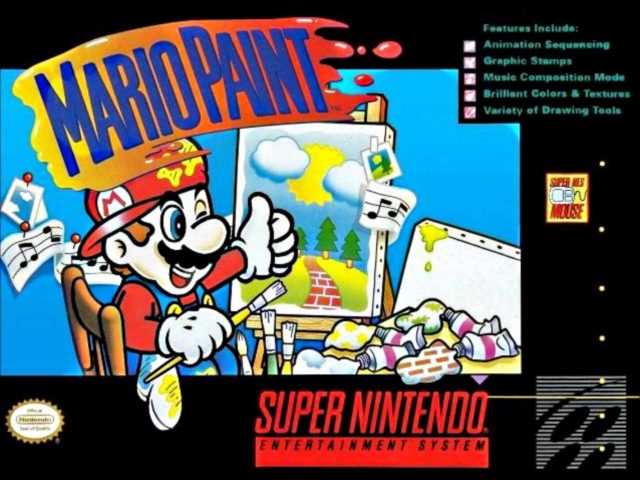
Guilty confession time… I never played Chrono Trigger back in the day. I was a huge fan of Final Fantasy III (still have my cart of that one too), but Chrono fell in a weird spot for me where money went away from games and to things like dating, saving for college, and food. I’ve tried to play it since, with the iPad and PSX re-releases, I just haven’t had the time to get into it. On top of that, we only get FF III / VI, and not II / IV. While III is my all-time favorite, II is still a fantastic game and should have been included as well.
The big draw is the inclusion of Star Fox 2, which was never released, but also some of the games that weren’t as successful but still great, like Super Mario RPG. Bonus, though, because this system actually includes a second controller for all of those two-player games (a bit less than half of the default lineup). It also makes me feel good about my taste in games, because with the exception of Contra III, Earthbound, and of course Star Fox 2, I owned all of the games on the Classic at some point.
It’s a solid little system, and relatively easy to find, showing up from time to time at Amazon, and available with regularity at my local Targets and Best Buys. They sell somewhat quickly, but I’ve seen them restocked multiple times.
Modding the Minis
As fun as they are out-of-the-box, both the NES and SNES classics are fairly limited in the game selection. There were 714 NES games and 721 Super Nintendo games. Sure, the majority were awful or forgettable, but a lot of them were not. The limitation here is that Nintendo didn’t give the ability to load up ROMs on the system… there’s no memory card slot or way to do it… directly. That’s unfortunate, because there are people still working on making homebrew NES and SNES games, or hacking up existing games to turn them into something else. Sometimes going so far as to even put them on a physical cartridge.
But… remember where I said above that these machines run Linux? Turns out, you can do a couple of fairly painless modifications to get more access to the system and customize them a bit. An Emulation Disclaimer here applies… there is always a risk when you modify a system like this, and bad things could happen if something goes wrong, like turning your nice shiny mini console into a mini plastic brick. You do it at your own risk.
Classic gaming didn’t suddenly sprung into being when this system was announced. Emulation has been around for Nintendo and Super Nintendo for decades; the first NES emulators came out in the mid-90s. By the time I was in college in the late 90s, there were various emulators for all sorts of systems that worked to varying degrees.
The question that may spring into people’s mind is “was that even legal?” Emulation is totally legal, and none of the big vendors have scored a win of note when it comes to emulation. What isn’t legal is the illegal copying of games, known as ROMs. If you want to emulate and stay within the bounds of the law, you need to open the original game and get the source file, the ROM, from it directly using a dump tool. Yes, there are plenty of places you can get them out there illicitly, but we are not going to link to them, and don’t link to them in the comments either.
Luckily… Nintendo’s choice to use the same hardware and software to run both systems works in our favor… enter Hakchi2.
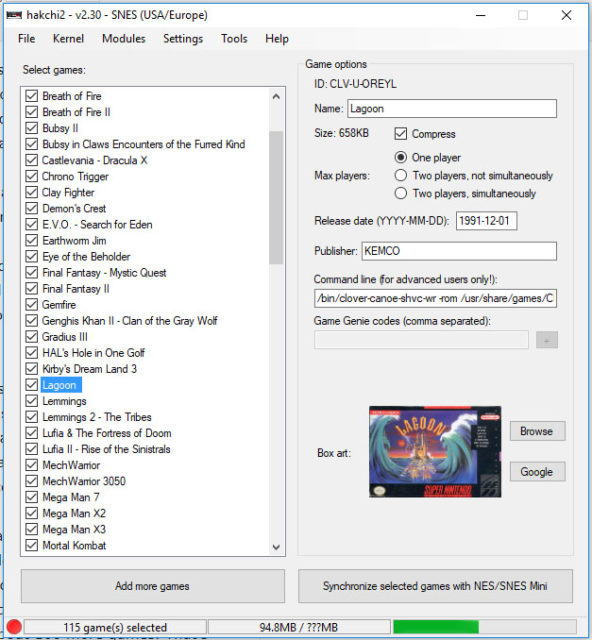
This open source tool makes it relatively painless to flash a bit of custom firmware on to both the NES and SNES mini consoles, allowing you to sideload the ROMs you own. The systems have 512mb of flash storage on board, of which they’re only using a small portion. When it comes to the NES, you could easily store the entirety of the system library on there, and with the SNES, you can get about 100 more games. That’s more than enough for anyone to
You can go further, and load on custom emulators or the like, but it also supports just extending the existing software and adding custom games as additional folders on the system, allowing you to use the existing UI. If you opt not to use that, you’re limited to the number that can show up on the screen. The tool also lets you load up game art for your new stuff as well, so you can remember that great retro game artwork that frequently had nothing at all to do with the game.
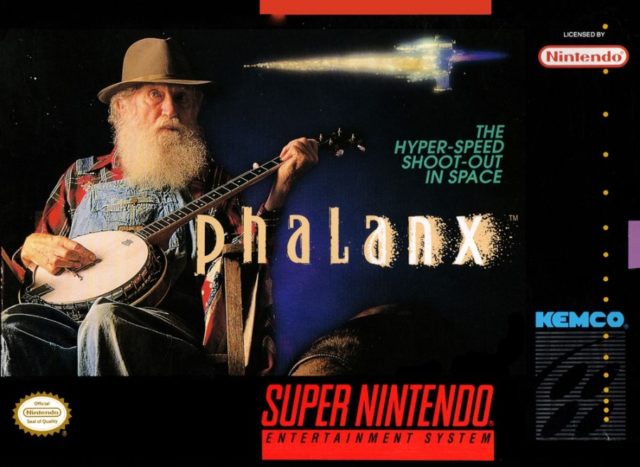
The actual process is stupidly easy, with just a few things to do. The only real requirement is the ability to read and do things in order… after that, you now have a much more capable NES or SNES classic.
That being said… it isn’t always perfect to add stuff. It works better on the NES, since the hardware was a bit more basic and games didn’t have custom hardware baked in. Hopefully it stays as easy with the new version (I doubt that Nintendo is going to revise the hardware in a way that would break it, given that the SNES is using the same thing), and people can load up their favorite games.
With the SNES stuff, it gets a bit more complicated. The big problem is that SNES carts weren’t just the code… there were enhancement chips that added additional features, and that stuff is a lot harder to emulate. Not to say that people don’t try, but the emulator on the SNES doesn’t support a lot of them.
hakchi2 does a good job trying to identify that for you, and will give warnings. The biggest piece of advice I have is to only add a few games at a time when you’re trying to do sync things, instead of dumping a whole folder. It’s easier to get the art working and figure out what will and won’t work that way… mostly because you have to delete something that doesn’t work (it will still copy it). Mostly, this is just a head’s up… don’t expect the level of support that the NES Classic has.
Conclusion
Normally, I’d split these out into two reviews, but adding on the modding portion made it sort of the same thing… much like the consoles. In case it wasn’t clear above, IÂ love these little consoles. They have their problems: cable length, they’re too light so they move around, artificial scarcity by Nintendo, and some gaps in the library. The NES classic has the additional problem of only coming with one controller, at least in the original version.
That aside, they are gaps you can cover up. Extenders are cheap to get and basically a requirement. The controller missing from the NES Classic is a bigger deal, but hopefully with the re-release, getting a second gets easier. Hopefully its like the SNES Classic ended up, and easier to find, as well.
While the value of nostalgia can be debated to death, with these systems, there is value in the games. These are some of the most important releases in gaming history, and most of them still hold up well today. Super Mario 3 and Super Mario World are some of the best 2D platformers ever made, Final Fantasy 3 is one of the best RPGs. Even without the ability to mod them, these would be a solid five out of five for me. They’re worth every penny… and worth even more if you make the steps to mod and add more to the system.
Of course, maybe you want a bit more, and turns out… there are other options. Look for an article in the near future that talks about creating your own classic gaming station using a Raspberry Pi and EmulationStation.

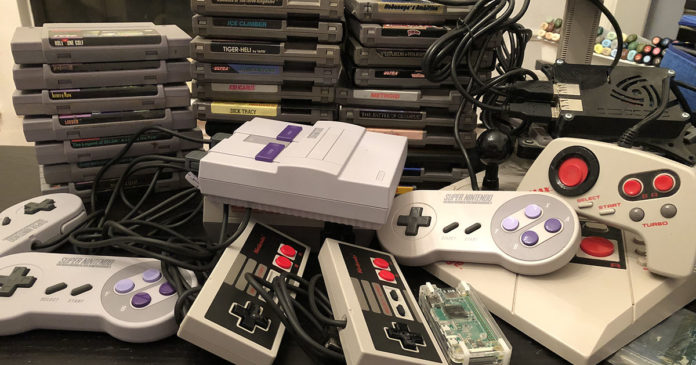
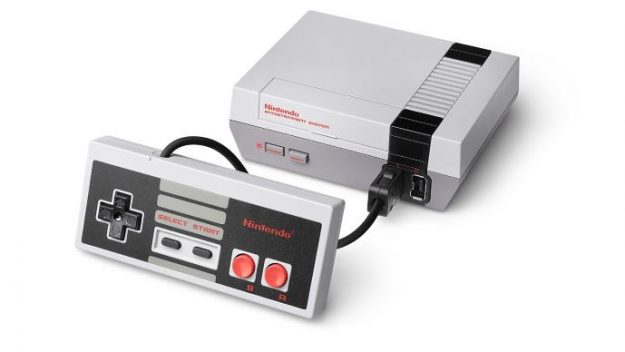
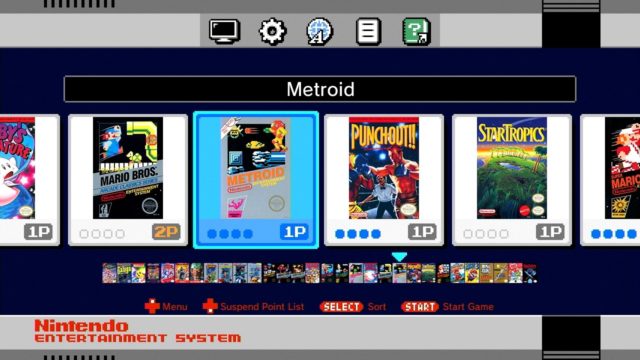
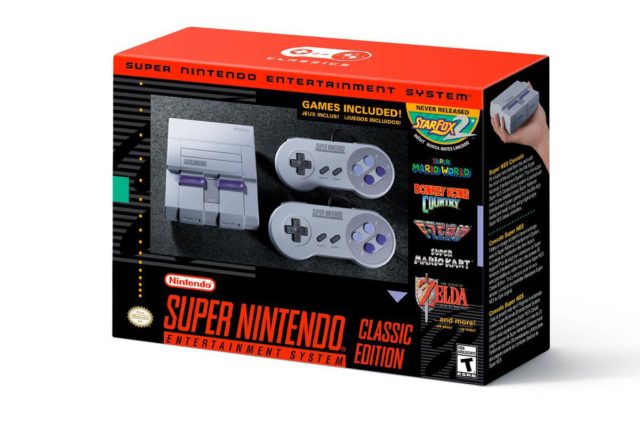
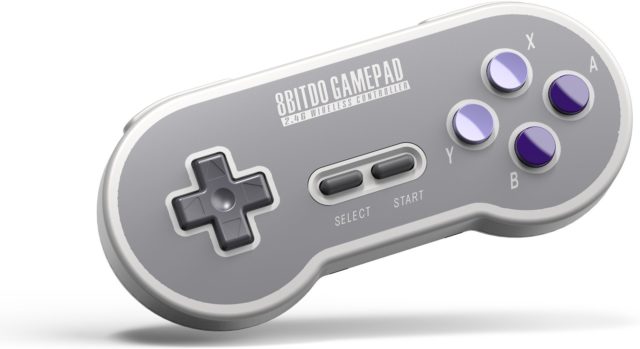
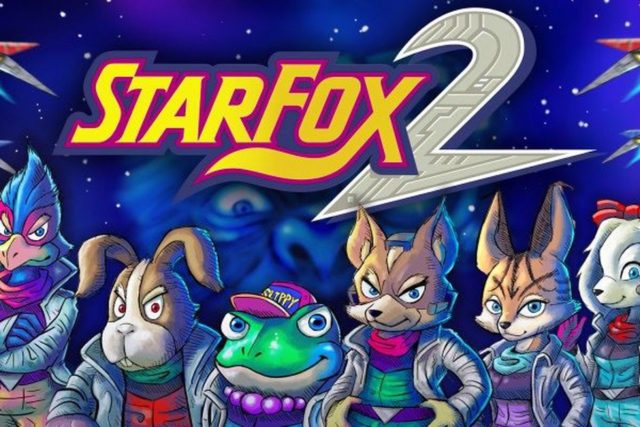
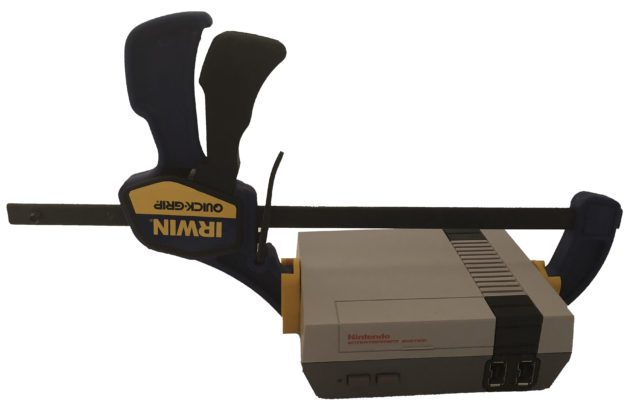








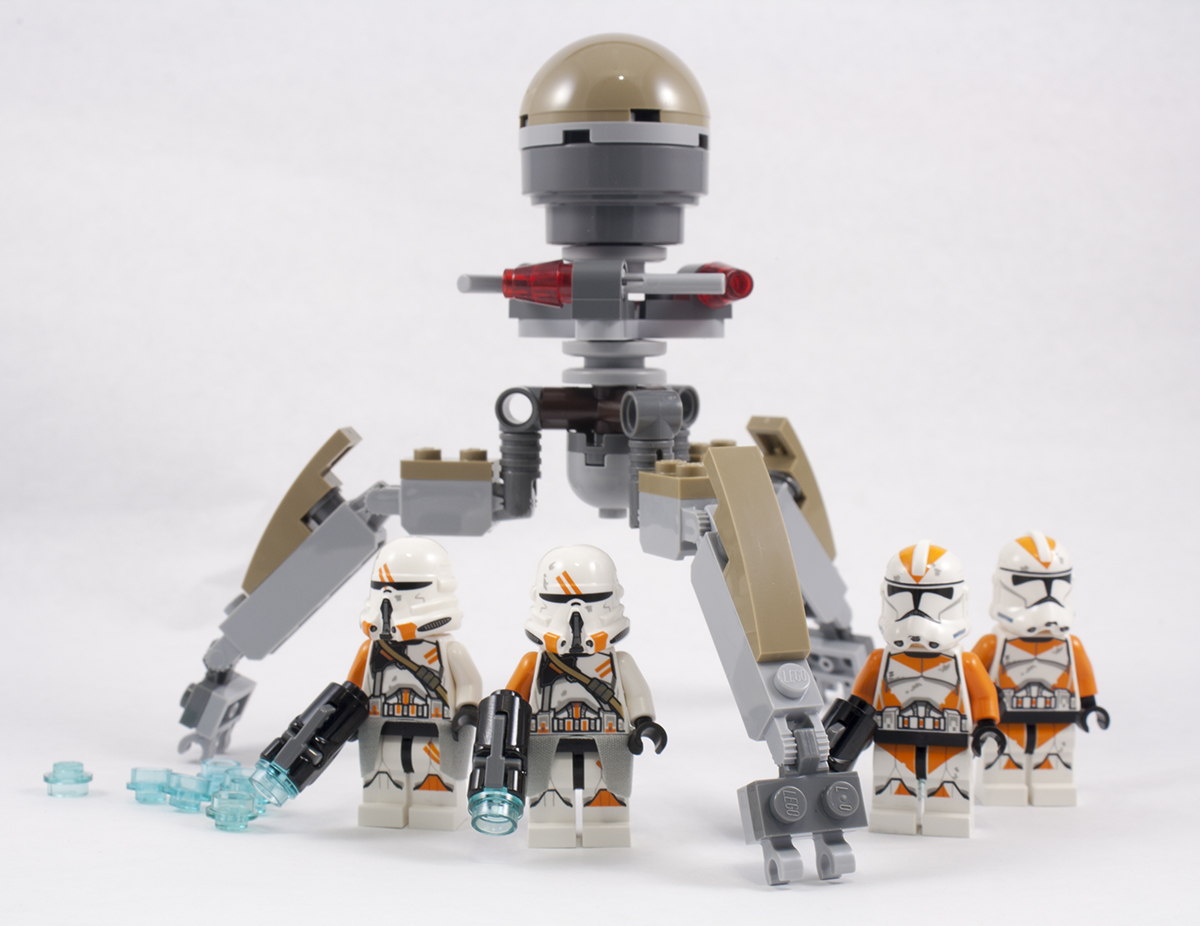




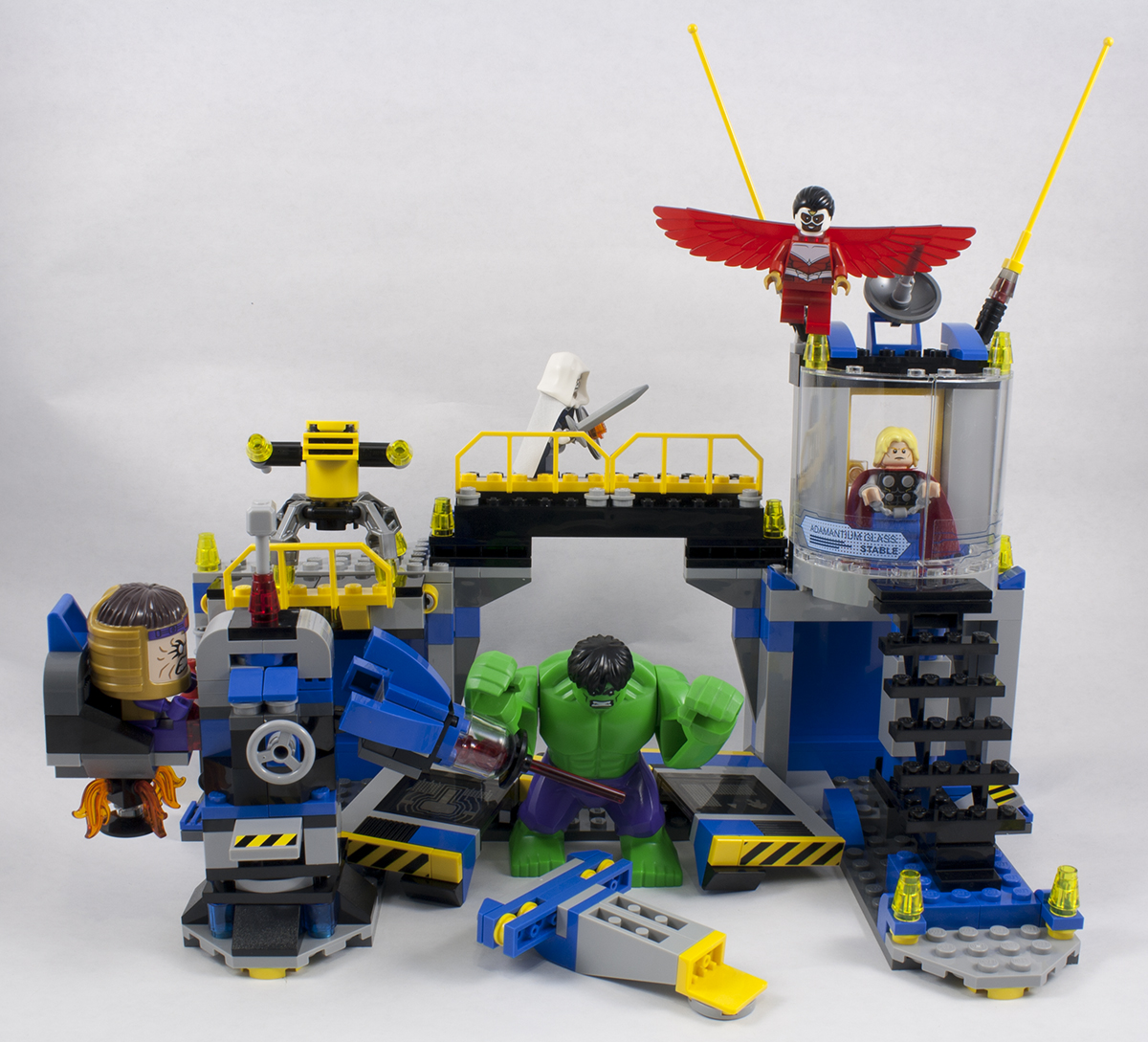
As someone who enjoys Joust, I like Balloon Fight. The Game Boy sequel, Balloon Kid, is also worth a look as an extension of the original’s “Balloon Trip” mode.
Personally I don’t mind the omission of Final Fantasy IV. Being locked into certain classes at certain points of the game is an unwelcome break from the experimentation that was possible with the preceding three titles (the fact that this freedom was restored in V and VI suggests I am not alone in this opinion), and as someone who had their entire party dual-wielding in FFIIIj, I found Edge’s poor damage output almost as disappointing as the fact that you were forced to use him in the final battle. With less options to play around with, the game feels more grindy, too, at least more than V and VI.
Don’t be a chump and please use something with more horsepower than a Raspberry Pi for emulating your Super Nintendo games. I’m told even SNES9x struggles to run full speed on such machines… for titles with enhancement chips, you can get away with just using higan-v098’s balanced profile, which is far less CPU-intensive than any of the more recent releases, but even that performs best on a ~2.6 GHz machine. That number will only get higher if you’re also interested in using CRT shaders.
I know, I know, most people don’t notice or care, but Tetris Attack is a fun game that isn’t supposed to give you seizures.
http://helmet.kafuka.org/accuracy/
Well, for me, FF 2 / IV was the second one I played, and felt like a huge upgrade over the original. FF 2 / 3 didn’t come to the west until much later, so I will always resonate with it more (and played it an absolute ton). With III / VI, there was still a lot of grinding, but it was built around the items itself. While I went so far into IV that I did stuff like unlock White on Rosa, and eventually got up to 99 on my main party… it was absolutely nothing compared to what I did with FF VI. Some day, I’ll pull my saves off my cart, but I went so far in that game as to beat Kefka with just Mog, just Gogo (especially challenging since he was worthless alone), etc. I maxed everything in the game, explored every corner, and got a full list of monsters with Gau.
Now, as for the emulation of Super Nintendo, I’ve seen no issues with SA1 games on it; if the SNES Classic can handle it, the EmulationStation stock emulators can to. While not the original SNES9x, the Pi distro I’ll be covering in the article is running the liberto forks of it. SNES games work fine on it, and the Pi can cover the stock of emulation unless the title itself doesn’t work in emulation (and there are some titles that fit into that category). N64 games can chug pretty badly, it sort of depends on the title (expansion packs, which already are rife with performance problems, can be especially bad), but a lot of them will still run.
All that being said, the point of the article is to do something within that same range of what the NES and SNES classic can do, and what they cost. Sure, I could trick out a gaming laptop to do it and hook it up to a PC, but the pi makes it far easier to make a media box I can put next to my TV, much like the Classic consoles.
If you’re using either the 2010 or 2005 libretro builds of SNES9x like many RetroArch users, you are guaranteed to run into several of the issues highlighted in the linked article, and quite possibly more (I gave ZSNES the boot after too many instances of glitchy graphics in Final Fantasy V). Though if Der Langrisser locking up and Star Fox running far faster than it should count as “working fine” to you, I can’t really do much to convince you otherwise.
Oh, and I just noticed this now, but I thought I should add NES games totally had custom hardware for games in the form of mappers. Over 200 of them exist, and while I believe Mesen supports more of them than any other NES emulator (to the point that it boasts support for all licensed games), I don’t know of any that support every single one. The most famous mappers are those used by Konami in games like Akumajou Densetsu, Salamander, and Lagrange Point, but there are others like the one in Sunsoft’s NES port of Afterburner.
You must log in to post a comment.